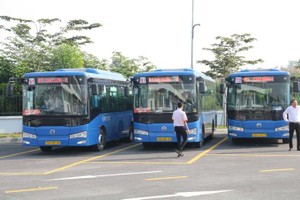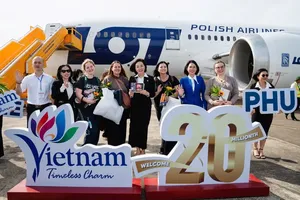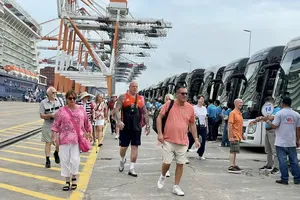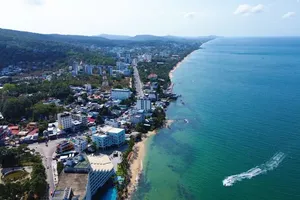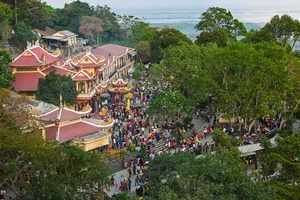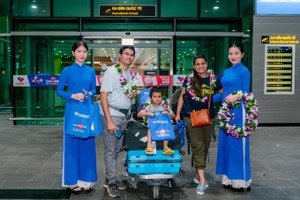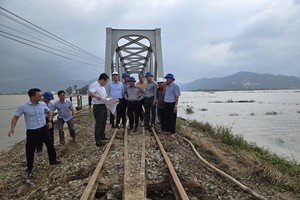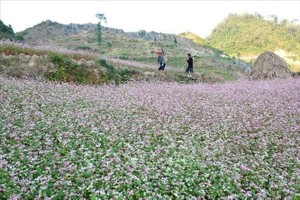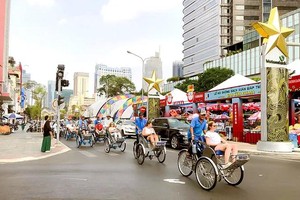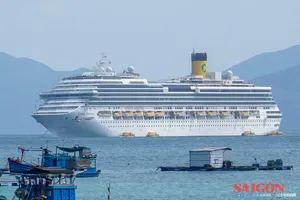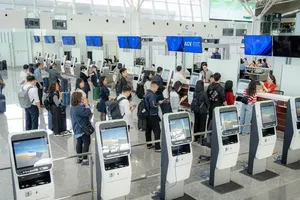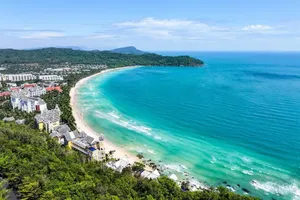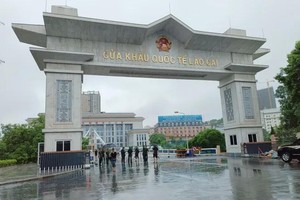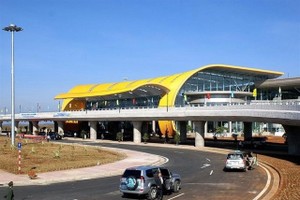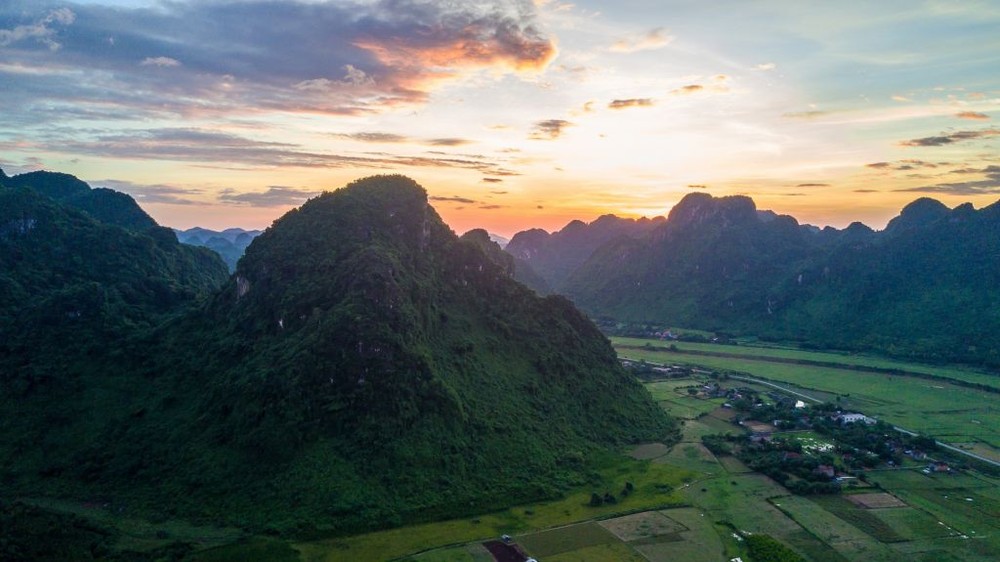
The Second Greater Mekong Subregion (GMS) Tourism Infrastructure for Inclusive Growth Project will construct climate-resilient transport and urban infrastructure needed to boost tourist arrivals and tourism services investment in Hoa Binh, Nghe An, Quang Binh, Quang Tri, and Thua Thien Hue provinces.
It will also develop urban green spaces and public beaches in these provinces, where the project is expected to benefit about 168,000 residents and more than 8 million visitors annually.
“Tourism is growing rapidly in Vietnam, but most growth and corresponding socioeconomic benefits are concentrated in a few gateway destinations. To promote more inclusive and sustainable growth, it’s important for Vietnam to increase public and private investment in secondary towns,” said ADB Project Administration Unit Head for Vietnam Mr. Steven Schipani.
Specifically, the project will upgrade about 31 kilometers (km) of urban-rural roads and 13 passenger piers to provide visitors and residents with convenient access to cultural and historic sites in all participating provinces.
To help Nghe An’s Cua Lo town attract more and higher-spending visitors year-round and adapt to climate change, the project will rehabilitate a 5.5-km seawall and beachfront drainage, improve public recreation areas, and expand market space for local vendors. Quang Tri’s Cua Viet and Cua Tung beaches will benefit from similar investments.
Using training, certification programs, and policy incentives, the project will also help ensure that tourism management in project areas meets standards set by the Association of Southeast Asian Nations.
The integrated project design incorporates lessons from more than 15 years of ADB support to foster inclusive and sustainable tourism in Vietnam. This includes the ongoing 2014–2019 GMS Tourism Infrastructure for Inclusive Growth Project and successfully completed GMS Sustainable Tourism Development Project and GMS Mekong Tourism Development Project.
